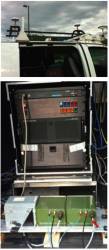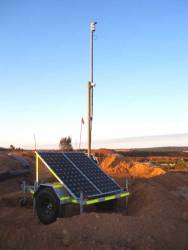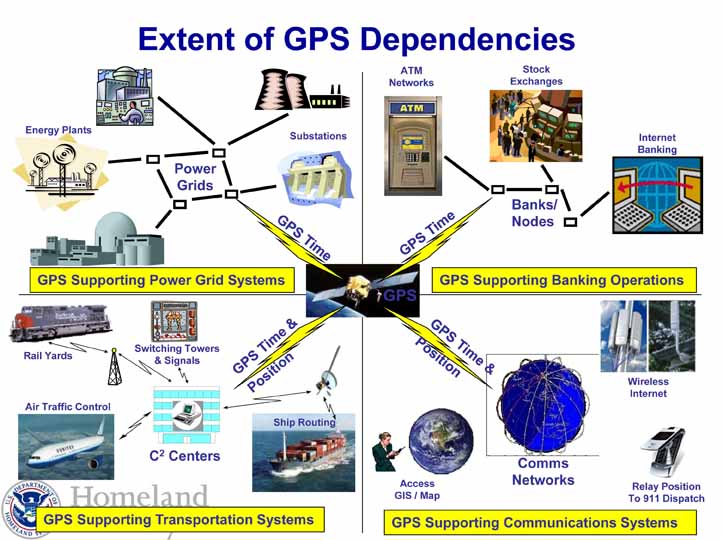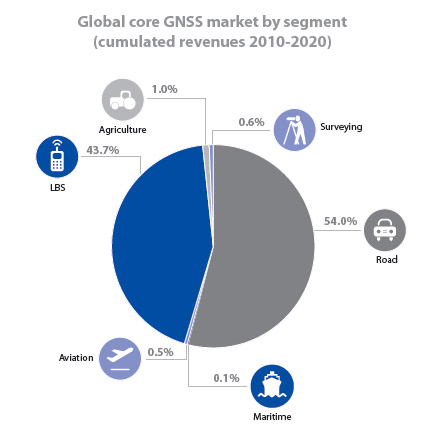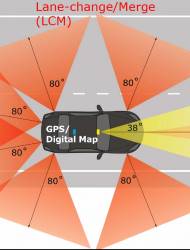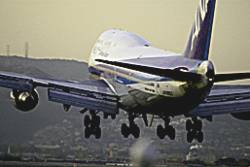UAVs Vulnerable to Civil GPS Spoofing
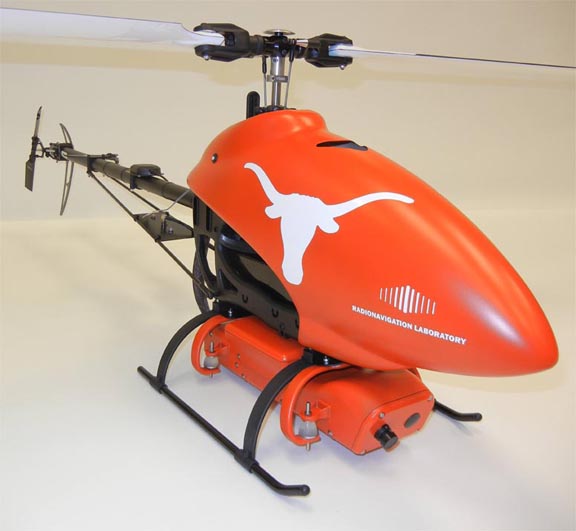 University of Texas–Austin drone
University of Texas–Austin droneIn June a research team from the University of Texas at Austin (UT-Austin) demonstrated for the first time that a civilian unmanned aerial vehicle (UAV) can be commandeered in mid-flight by a civil GPS spoofing attack. The result will likely factor into the Federal Aviation Administration’s (FAA’s) plans to draw up rules for integrating UAVs into U.S. airspace by 2015.
By Inside GNSS


